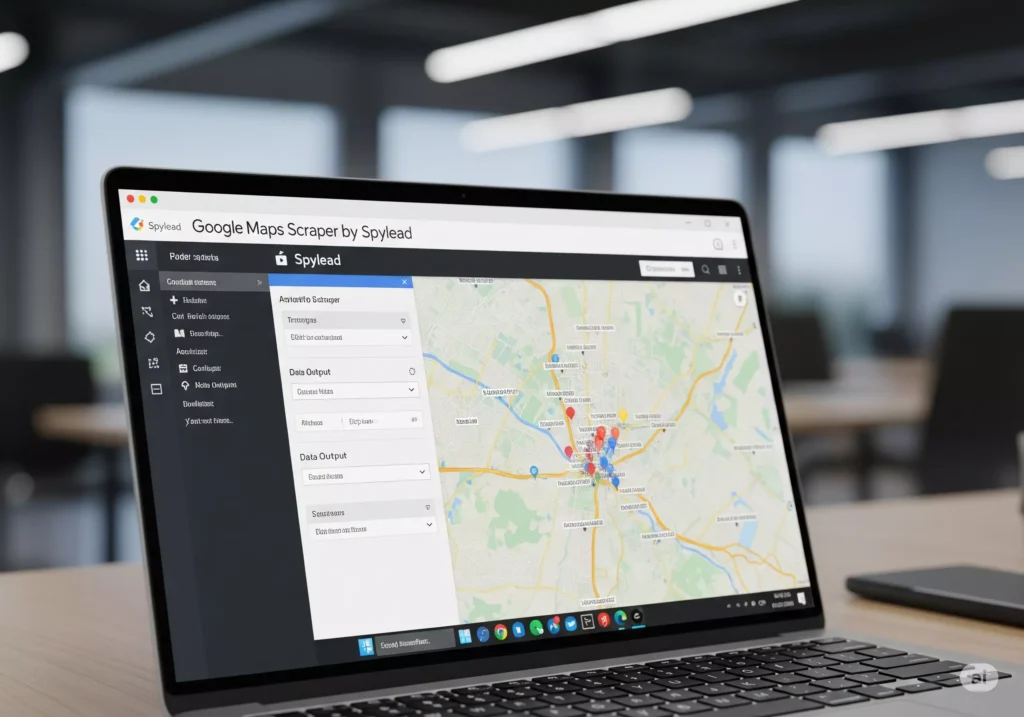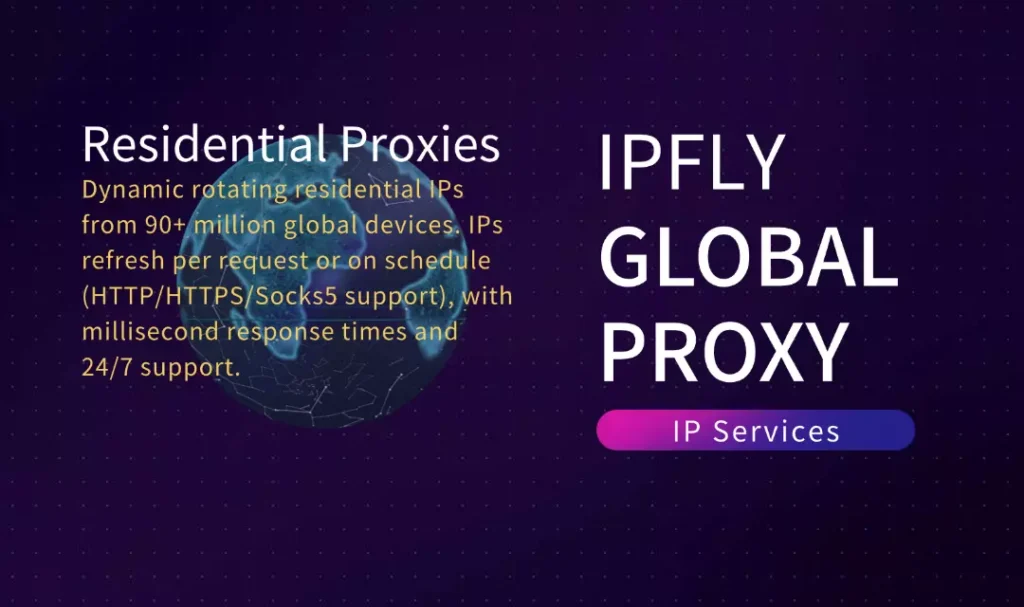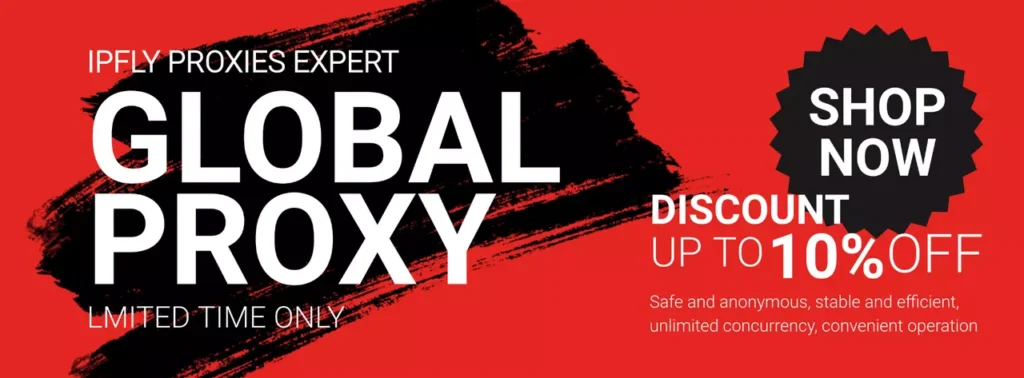When you’re trying to find leads or business data online, platforms like Google Maps become essential. One tool that’s been gaining attention in this space is the Google Maps Scraper by Spylead. Designed to extract public business information from Google Maps, this scraper offers a way to collect contact data quickly—without spending hours doing manual copy-and-paste work.
In this article, we’ll break down how this tool works, what it can and can’t do, and how professionals are using it responsibly. We’ll also cover the role of proxies in scraping platforms like Google Maps.

What Is the Google Maps Scraper by Spylead?
The Google Maps Scraper by Spylead is a data extraction tool that automates the process of collecting publicly listed business information from Google Maps. It targets visible data such as:
- Business names
- Locations
- Phone numbers
- Websites
- Email addresses (when listed)
- Industry categories
Instead of manually browsing and copying information from hundreds of listings, users can input a keyword and location, and the tool returns a structured list of results.
Why Do People Use Google Maps Scrapers?
This kind of scraping tool is often used by:
- Sales teams generating local business leads
- Marketing agencies conducting competitive research
- Startups looking to build location-based databases
- Recruiters mapping out niche industry networks
- Data analysts working on geo-based business insights
The purpose isn’t to spam or exploit information but to gather publicly visible business data more efficiently.
How Spylead Structures the Process
Spylead uses a web-based interface where users enter search queries, such as “Cafes in Brooklyn” or “Plumbers in Chicago.” The scraper then mimics user behavior and extracts available details from each result. The final output is typically downloadable in spreadsheet formats like CSV or Excel.
The process is generally fast and doesn’t require any technical scraping experience. However, users should still exercise caution, especially around automation limits imposed by platforms like Google.
Limitations of the Tool
While convenient, the Google Maps Scraper by Spylead does have boundaries:
- It only accesses public data—no private or paid listings are included
- Rate limits from Google Maps may temporarily restrict usage
- Results depend heavily on the accuracy of your search terms and location
- The tool may not always find email addresses, especially if they’re not publicly displayed
Also, due to data protection laws (like GDPR), this tool should be used in a way that respects local regulations and platform policies.
Do You Need Proxies for Google Maps Scraping?

If you’re scraping at a small scale (e.g., fewer than 100 results), you might not run into any issues. But for larger projects, IP restrictions and CAPTCHA blocks can occur. That’s where proxies come into play.
A residential proxy, such as those offered by IPFLY, can make the scraping process smoother and more reliable. Residential IPs simulate real users, reducing the chance of being flagged or blocked by Google. IPFLY’s dynamic residential proxies, for example, are useful for tools like Spylead because they support location targeting, helping improve both speed and accuracy.
Using proxies also helps rotate IP addresses automatically during scraping tasks, allowing for better scalability and uninterrupted data collection.
Best Practices for Using Google Maps Scrapers
If you plan to use a tool like the Google Maps Scraper by Spylead, keep these tips in mind:
- Always scrape responsibly. Stick to reasonable data volumes and avoid triggering anti-bot protections.
- Use location targeting. This helps narrow down relevant businesses and avoids excess noise.
- Combine with verified proxies. This minimizes scraping errors and IP bans—especially when working at scale.
- Keep legal compliance in mind. Always double-check how data will be used, particularly if it involves contacting businesses.
- Clean and structure your data. Scraped data often needs formatting and validation before being actionable.
When to Consider Using IPFLY with Spylead
For anyone planning consistent scraping tasks, pairing Spylead with a reliable proxy provider like IPFLY can improve uptime and reduce blocks. IPFLY offers over 90 million IPs worldwide and allows users to select specific countries or cities—an important feature if you’re trying to pull geo-targeted business leads.
Additionally, IPFLY’s infrastructure is designed for use cases like market research, data scraping, and social media monitoring, making it compatible with Spylead’s scraper environment.
Conclusion
The Google Maps Scraper by Spylead offers a fast and efficient way to collect local business data, especially for marketers, recruiters, and lead generation teams. But as with any automated tool, success depends on how carefully you use it—and whether your tech stack supports the volume and scale of your goals.

If you’re planning a larger scraping project or want to avoid being rate-limited, integrating a residential proxy solution like IPFLY can be a smart move.


